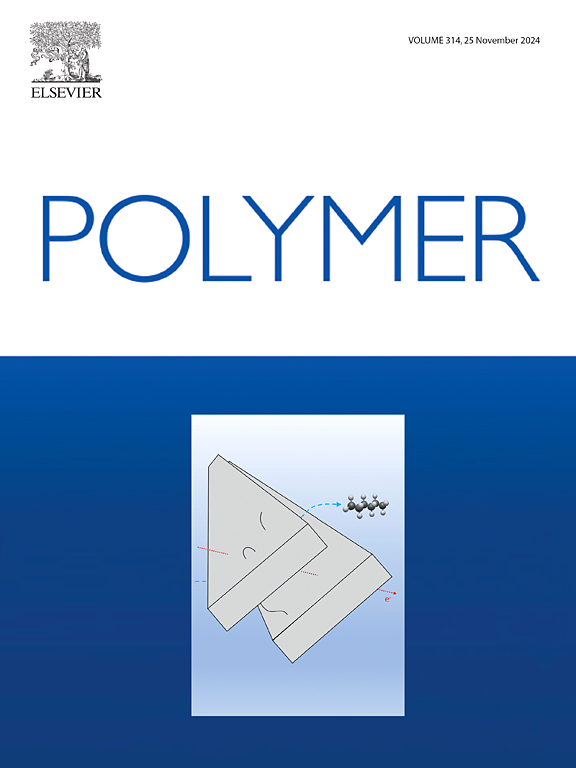有关水凝胶从固体基材剥离的实验和有限元模拟
IF 4.5
2区 化学
Q2 POLYMER SCIENCE
引用次数: 0
摘要
在之前的工作中,作者提出了一个将Flory和Rehner的经典工作与Griffith的断裂力学变分理论相结合的膨胀诱导脱粘模型。这些作品探讨了理论、实验室实验和有限元模拟之间的协同作用。我们研究了部分键合的三维凝胶的膨胀,借鉴了以前类似的二维几何形状的研究,凝胶被限制在平行壁之间,在垂直方向上抑制膨胀。一个主要目标是计算与脱键相关的能量释放率。假设粘接韧性不随时间变化,能量释放率使我们能够找到凝胶不稳定脱粘的膜的阈值厚度。我们还提出了数值策略,使我们能够近似这样的阈值厚度,避免了计算上的完全三维计算。本文章由计算机程序翻译,如有差异,请以英文原文为准。
Experiments and finite element simulations pertinent to hydrogel debonding from a solid substrate
In previous work, the authors proposed a model of swelling-induced debonding that combines the classical work by Flory and Rehner with the variational theory of fracture mechanics by Griffith. These works explore the synergy between theory, laboratory experiments and finite element simulations. We study the swelling of partially bonded, three-dimensional gels, drawing on previous studies of the analogous two-dimensional geometries with the gel confined between parallel walls that suppress swelling in the perpendicular direction. One main goal is the calculation of the energy release rate associated with debonding. Assuming an adhesive toughness that does not change with time, the energy release rate allows us to find the threshold thickness of the membrane above which the gel is unstable to debonding. We also present numerical strategies that allow us to approximate such a threshold thickness, avoiding the computationally taxing fully three dimensional calculations.
求助全文
通过发布文献求助,成功后即可免费获取论文全文。
去求助
来源期刊

Polymer
化学-高分子科学
CiteScore
7.90
自引率
8.70%
发文量
959
审稿时长
32 days
期刊介绍:
Polymer is an interdisciplinary journal dedicated to publishing innovative and significant advances in Polymer Physics, Chemistry and Technology. We welcome submissions on polymer hybrids, nanocomposites, characterisation and self-assembly. Polymer also publishes work on the technological application of polymers in energy and optoelectronics.
The main scope is covered but not limited to the following core areas:
Polymer Materials
Nanocomposites and hybrid nanomaterials
Polymer blends, films, fibres, networks and porous materials
Physical Characterization
Characterisation, modelling and simulation* of molecular and materials properties in bulk, solution, and thin films
Polymer Engineering
Advanced multiscale processing methods
Polymer Synthesis, Modification and Self-assembly
Including designer polymer architectures, mechanisms and kinetics, and supramolecular polymerization
Technological Applications
Polymers for energy generation and storage
Polymer membranes for separation technology
Polymers for opto- and microelectronics.
 求助内容:
求助内容: 应助结果提醒方式:
应助结果提醒方式:


